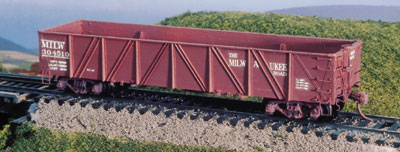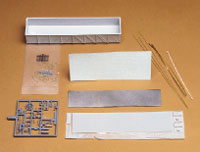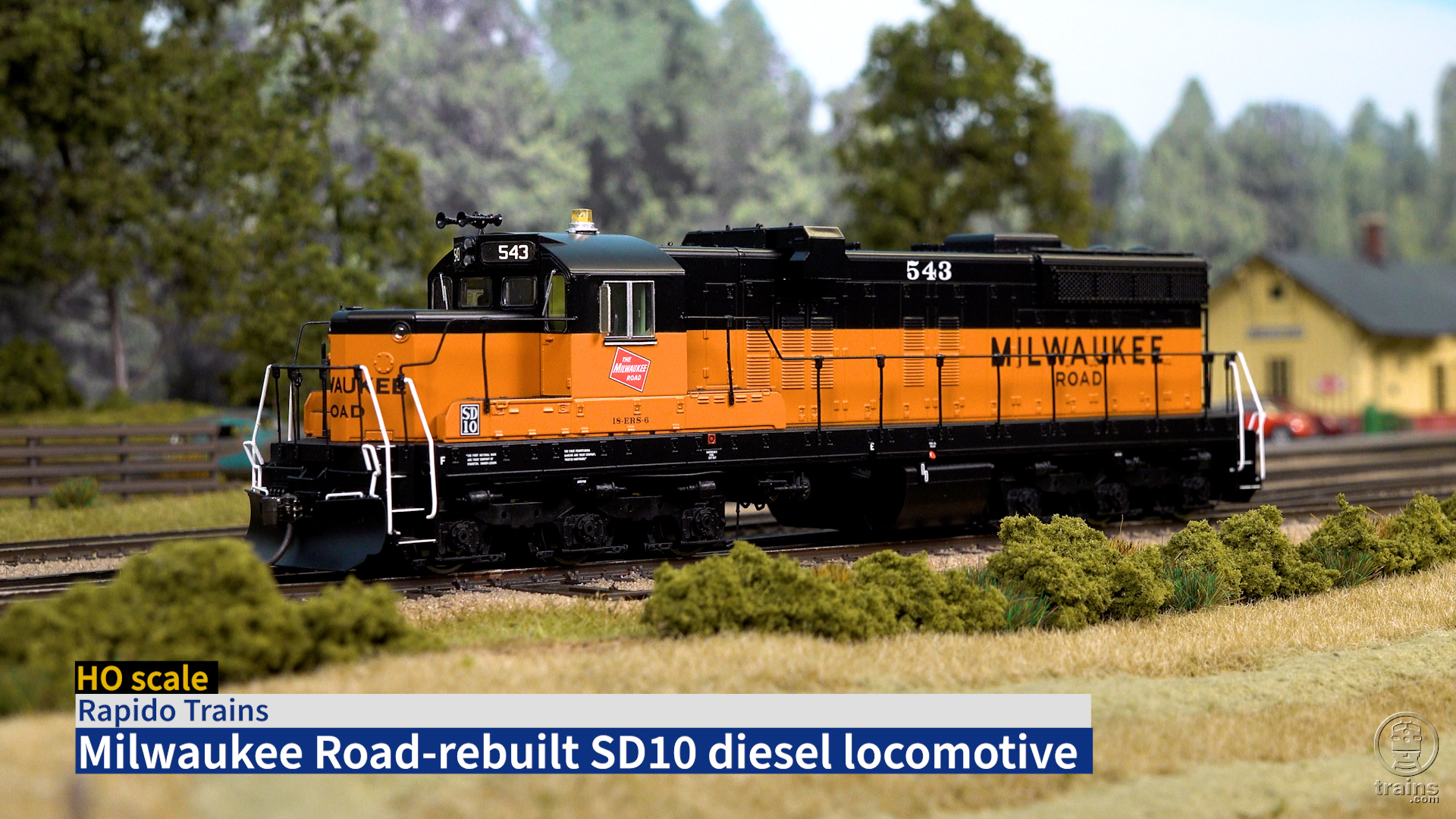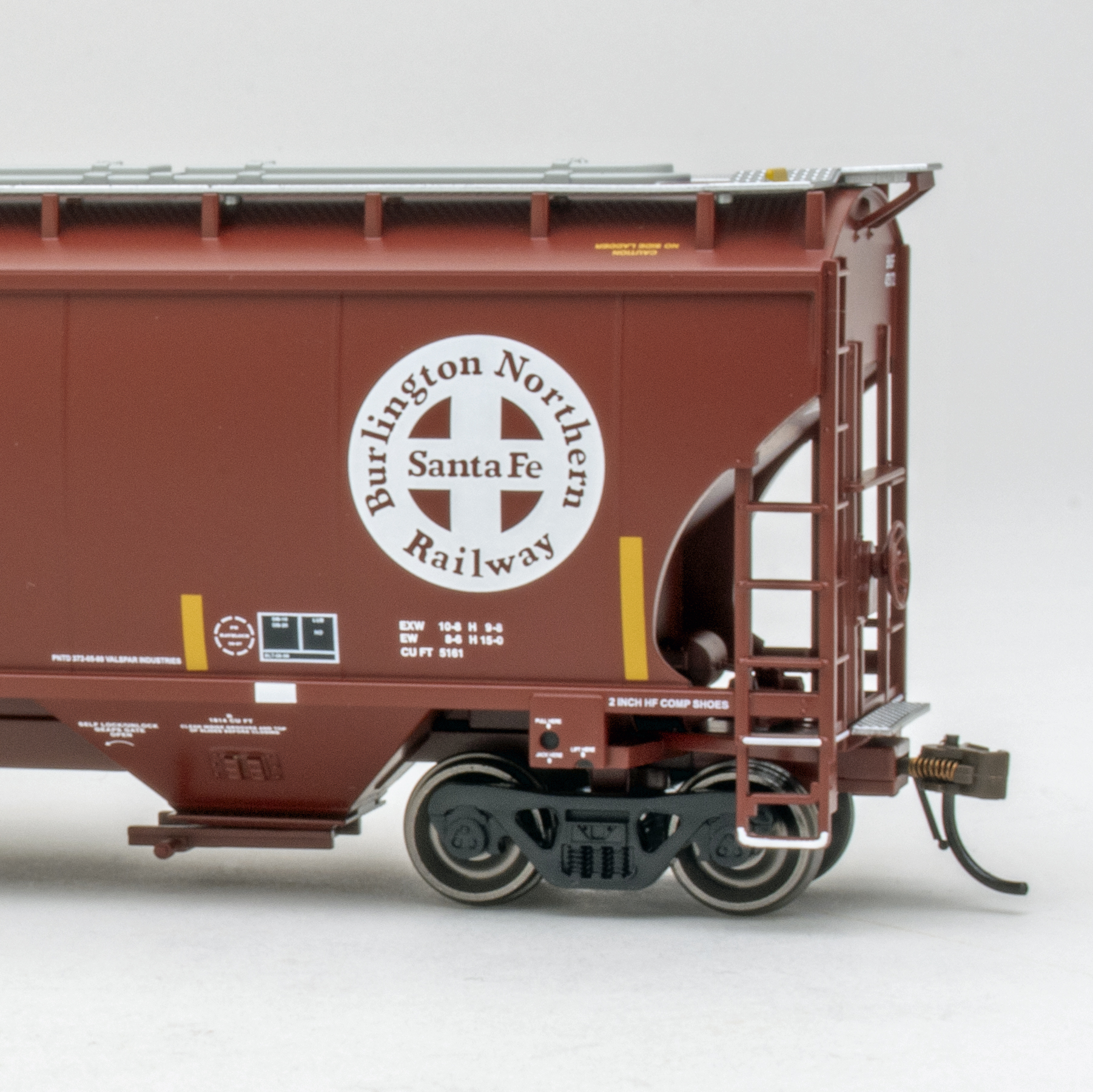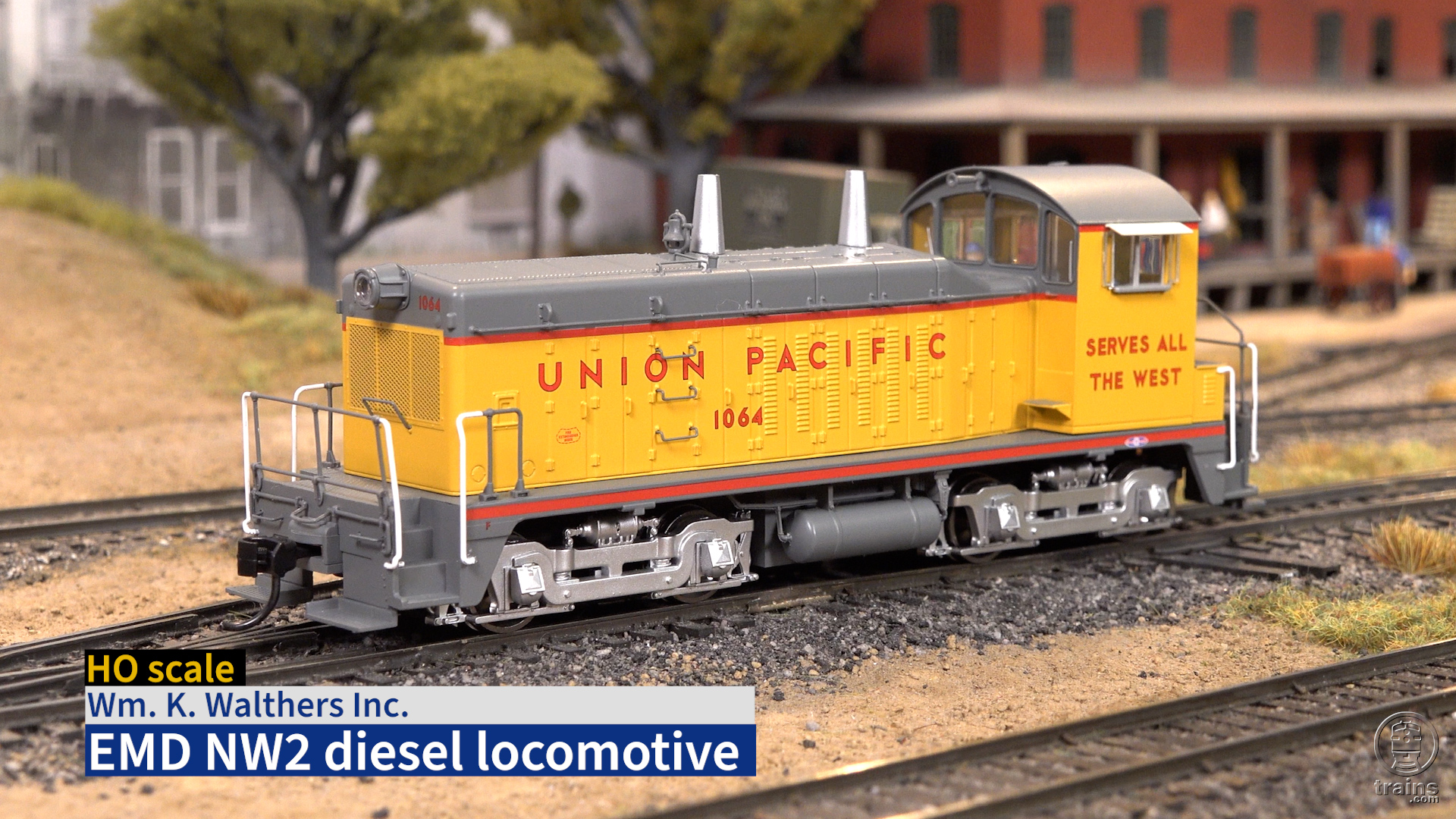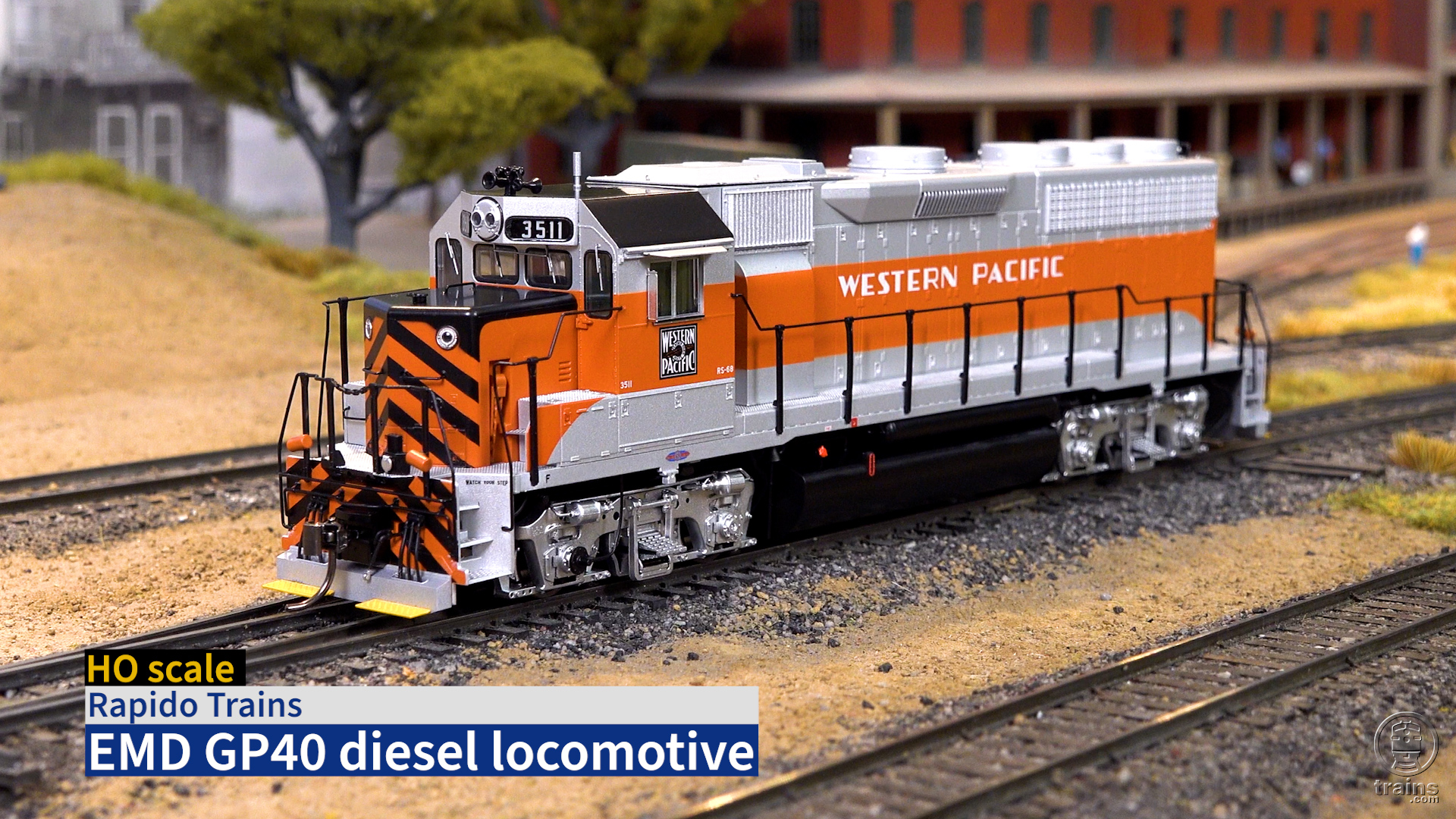Perhaps the most noteworthy thing about the casting on this model is that the body is detailed inside and out, meaning the finished model will look just as good empty as it does loaded.
The prototype for this car was one of the first true gondolas (previous cars had flatcars equipped with side stakes and boards) rostered by the Chicago, Milwaukee & St. Paul (CMStP& Pacific from 1928). From 1922-23 some 7,500 cars of this basic design were delivered to the railroad by four builders.
The cars were numbered in the 303000-310624 series. Virtually all of them lasted through the end of World War II in revenue service. Starting in 1948 the number of cars dropped dramatically, from 898 cars in January 1948 to only 70 in mid-1950. After the war, cars were retired, with the last one scrapped in April 1956. As with all Westerfield kits, the instructions include a complete and detailed prototype history.
The model includes several detailed urethane castings, including the body and several underframe details. A metal weight, which fits between the body and the floor, is also included, as are a number of wire and plastic detail parts.
If you’ve never built a resin car this one is an ideal choice for a first effort. Be sure to read the instructions completely since they contain many hints and tips on assembling resin models.
The urethane used to cast the pieces is light gray. It looks like styrene and is easy to drill, sand, and cut. The thinner pieces can even be bent like styrene. The major difference is the adhesive required. Unlike styrene, urethane must be joined together using cyanoacrylate adhesive (CA).
Construction is very straightforward, as starting with a square body eliminates much of the hassle. It’s still necessary to remove the smaller pieces from resin flash, a task best accomplished by placing a piece of fine sandpaper on a piece of glass and rubbing the part, still contained within the flash, in a circular motion until the flash is paper thin. This makes it easy to separate the part by scrapping away any remaining flash with a hobby knife.
I used Kadee no. 5 coupler boxes rather than the cast ones found in the kit. After cutting off the tabs from the sides of the coupler boxes I secured them with no. 2-56 screws. I then installed a pair of Kadee no. 500 Bettendorf (AAR) trucks.
After adding the remaining detail parts I ran the car back and forth several times, around curves and through turnouts, to make sure it tracked well. It’s much easier to correct any mechanical problems at this stage rather than waiting until after painting.
After removing the wheels from the trucks I airbrushed the entire car Polly Scale Boxcar Red. After that dried I sprayed the sides and ends with Polly Scale Clear Gloss, which provided a smooth surface for decals.
The kit’s decals include four different lettering styles covering the life of the car. Photos of models in each style make it easy to match the lettering to your era. My model is decaled in the late 1930s-50s scheme.
Once the decals dried I carefully sliced them along the horizontal board lines and then used Microscale Micro Sol to snug the decals over the details. An overspray of Polly Scale Flat completed the model.
The car matches drawings of the prototype which appeared in the 1925 Car Builder’s Cyclopedia. The model weighs in at 2½ ounces, shy of the National Model Railroad Association recommendation of 3¾ ounces for a 40-foot car. Editor Andy Sperandeo, who also built one of these cars, said he replaced his kit’s weight with a piece of .060″ sheet lead, cut to fit, and got the weight up to 3¼ ounces. A load could also be used to add weight.
If you’d like to add a detailed, unique model to your steam- or transition-era roster, this Milwaukee Road gon certainly fits the bill. With its detailed one-piece body Westerfield has gotten rid of the unnatural fear some modelers seem to have of building one of these models. And those of us who have built resin cars appreciate the fact that one-piece bodies are a real time-saver when the goal is a fleet of detailed cars.
Price: $30, less trucks and couplers
Manufacturer:
Westerfield
53 River Lane
Crossville, TN 38555
http://users.multipro.com/westerfield
Description:
Cast resin kit with one-piece body and separate plastic, wire, and resin details; less trucks and couplers
Road names:
2501 Chicago, Milwaukee, St. Paul & Pacific





